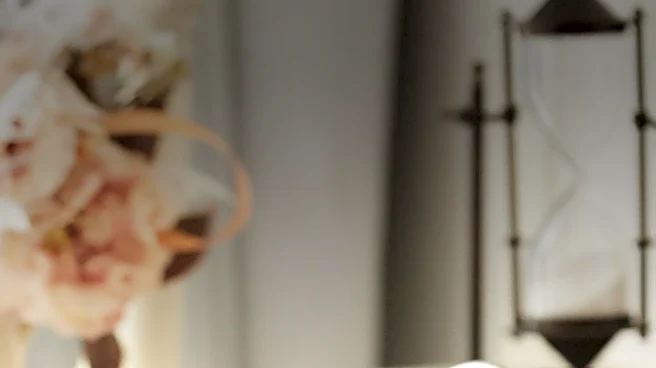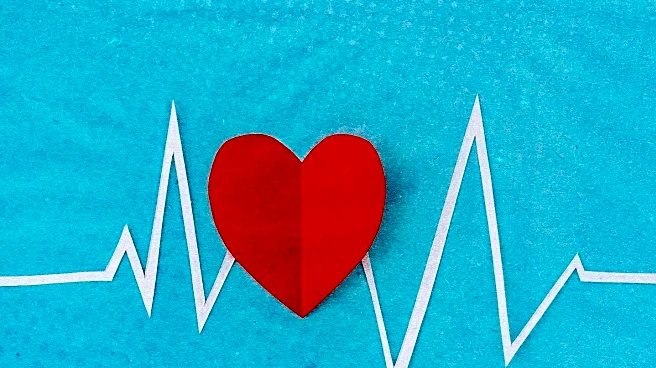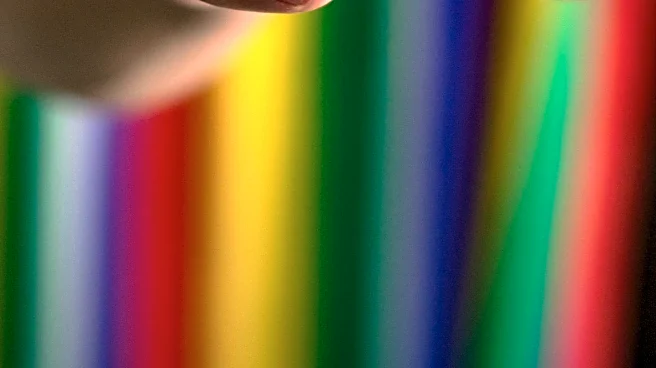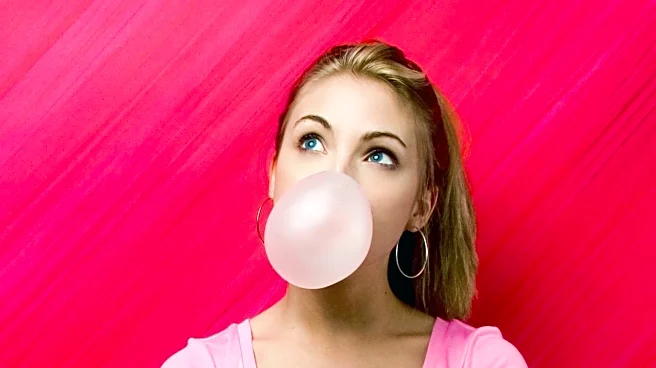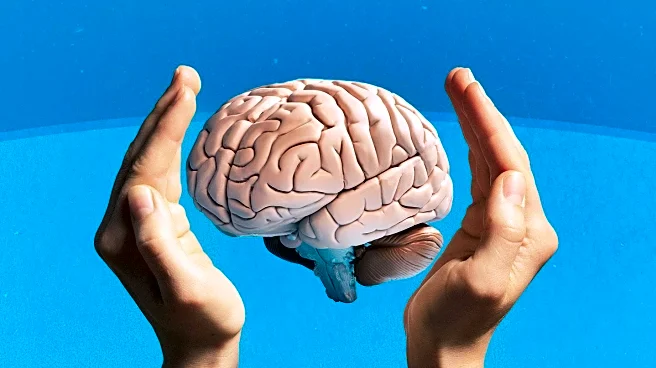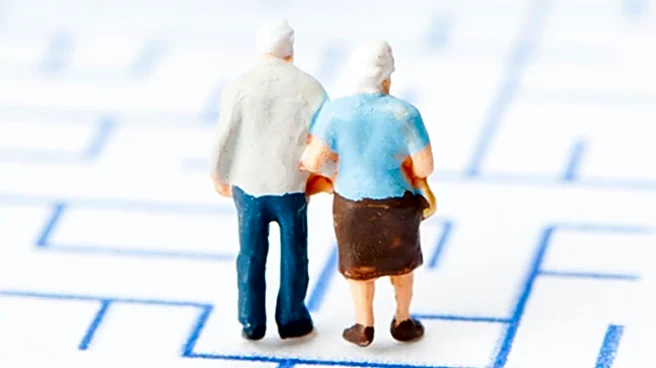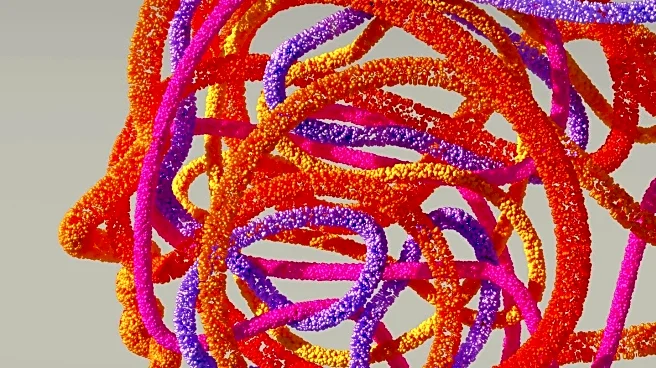What's Happening?
A recent review published in The American Journal of Emergency Medicine highlights the risk of 'beauty parlor stroke syndrome' (BPSS), a condition that can occur when the neck is hyperextended during salon hair washes. The review identified 54 cases over 48 years, with most incidents originating in salons. BPSS occurs when the vertebral or carotid arteries are compressed or torn, potentially leading to a stroke. Symptoms can include dizziness, balance issues, and headaches. Treatments vary from medication to surgery, with outcomes ranging from full recovery to persistent symptoms or death. The syndrome was first described in 1974, and the term was coined in 1993.
Why It's Important?
The findings underscore the importance of awareness and preventive measures during salon visits to avoid BPSS. This condition poses a significant health risk, particularly given the commonplace nature of its trigger. The potential for serious neurological damage highlights the need for salon professionals and clients to adopt safer practices, such as supporting the neck during washes or using alternative washing techniques. The broader impact on public health could lead to increased scrutiny and regulation of salon practices to ensure client safety.
What's Next?
Salon professionals may need to implement new protocols to minimize the risk of BPSS, such as using neck supports or handheld sprayers. Clients are advised to communicate any discomfort during hair washes and consider alternative positions to avoid neck hyperextension. The medical community may continue to study BPSS to better understand its causes and develop more effective prevention strategies. Public awareness campaigns could be launched to educate consumers about the risks and encourage safer practices.
Beyond the Headlines
The emergence of BPSS as a recognized medical condition raises ethical considerations regarding salon safety standards and client education. It also highlights the need for ongoing research into the long-term effects of neck hyperextension and the development of innovative solutions to prevent such injuries. The cultural practice of salon visits may evolve as awareness of BPSS grows, potentially influencing consumer behavior and industry standards.


